Currency exchange in Vietnam: Must-know tips for travelers
The official currency in Vietnam is the Vietnamese dong (VND), which has been in use since 1978. Whether you’re figuring out how to withdraw, exchange, or carry cash, understanding the currency in Vietnam is essential—especially for first-time travelers. Always check the latest exchange rates and use reliable services when dealing with currency in Vietnam. For a seamless and stress-free experience, consider booking Vietnam luxury tours where many of these concerns are handled for you.
When planning a trip to Vietnam, one of the most important things to understand is the currency in Vietnam. From daily transactions to travel budgeting, knowing how the currency in Vietnam works can make your trip smoother and more affordable.
Introduction to the Vietnamese currency
Vietnam’s official currency, the dong (₫), is abbreviated as VND. With a rich and complex history, it remains the only legal means of payment, issued exclusively by the State Bank of Vietnam. However, major tourist areas often display prices in US dollars. This guide explores the history of Vietnamese currency, provides an overview of banknotes in circulation, and offers practical tips on exchanging money in Vietnam.
History of the Vietnamese money, the VND
Although coins are no longer in circulation today, they hold stories of Vietnam’s past, reflecting its rulers, philosophies, and historical influences. Some symbolize independence, others embody Confucian ideals, while certain coins carry diplomatic significance.
The Thai Binh Hung Bao coin, a source of pride for the Dinh dynasty, marked Vietnam’s first independent feudal currency. Dating back to King Dinh Bo Linh’s reign in 968, this bronze coin featured a round shape with a square hole in the cente, representing the universe and the earth, respectively. One side bore the inscription “Thái Bình Hưng Bảo” (flourishing currency of the Thai Binh era), while the reverse displayed the ideogram “Đinh” beneath the central hole.
Over time, the Vietnamese began referring to their currency as “đồng” (meaning “copper”), a nod to the copper coins used during feudal times.
Currency of Vietnam during French Colonization
Later, during French colonization, the Indochinese silver piastre became the dominant currency. In 1946, shortly after Vietnam declared independence in Hanoi, a new national currency replaced the piastre at a 1:1 exchange rate.
The dong officially became Vietnam’s currency on May 3, 1978. Over the years, it underwent numerous revaluations, influenced by historical events such as the Doi Moi economic reforms in 1986, which introduced a market economy with socialist elements but also led to a monetary crisis. Another financial upheaval followed in 1991 after the collapse of the Soviet Union.
During these transitions, paper banknotes circulated in denominations of 100đ, 200đ, 500đ, 1,000đ, 2,000đ, 5,000đ, 10,000đ, 20,000đ, 50,000đ, and 100,000đ. In 2003, Vietnam introduced polymer banknotes for values above 10,000đ, replacing their cotton counterparts.
Today’s Vietnamese money
Today, Vietnam’s money consists only of paper and polymer banknotes, with denominations ranging from 1,000đ to 500,000đ. On the right side of each note, a portrait of President Ho Chi Minh is prominently featured, while the left side displays Vietnam’s national emblem above the denomination.
Coins have not been used since 2013 due to inflation, though they remain legal for exchange. Many people choose to keep them as a memory or for collection.
Vietnamese banknotes
Vietnam uses two types of banknotes: polymer and paper money.
With its high numerical values, the dong ranks among the slowest currencies globally, often causing confusion for first-time visitors to Vietnam. Here’s how to identify the different banknotes and money you spend in Vietnam:
The paper banknotes
The 1,000đ, 2,000đ, and 5,000đ banknotes are low in value and commonly used for small purchases like sweets, a glass of iced tea in the street, parking fees, or offerings at pagodas and temples.
Tip: The 1,000đ and 2,000đ notes look similar, so check the numbers or graphics to tell them apart. The 1,000đ note features logging in Tay Nguyen, while the 2,000đ note showcases a textile weaving mill in Nam Dinh. The blue 5,000đ note is easy to recognize, depicting the hydroelectric plant on the Dong Nai River.
The Polymer banknotes
Polymer banknotes are widely in use. The available denominations include 10,000đ, 20,000đ, 50,000đ, 100,000đ, 200,000đ, and 500,000đ.
The 10,000 VND banknote (values around 40 cent), comes in a yellow shade, featuring an image of Vietnam’s largest oil production site in Vung Tau on the back.

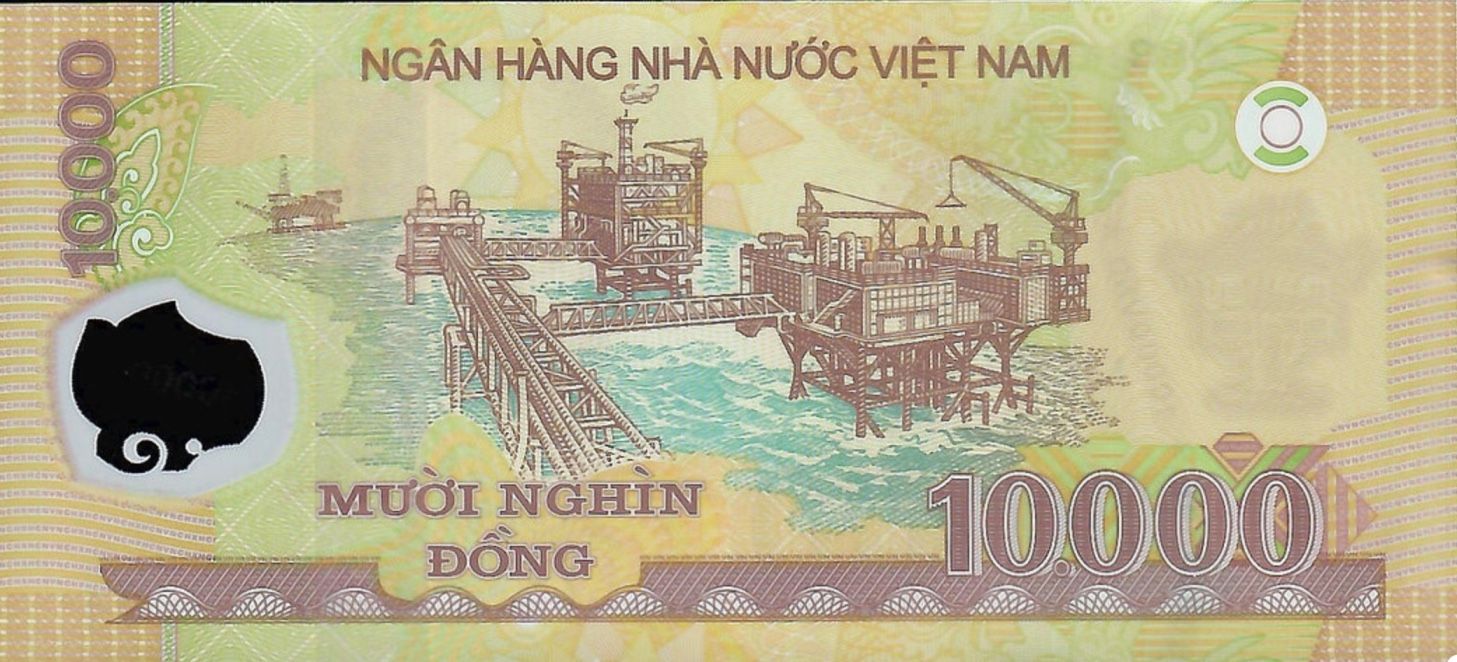
The 20,000 VND banknote stands out with its blue color and features the iconic Japanese Covered Bridge in Hoi An, a UNESCO World Heritage Site. 20,000 VND, values around 80 cent and you can cover entrance fees for many tourist attractions, buy a small bottle of water, or pay a parking fee for 2-3 motorbike.
However, popular dishes like pho noodle soup or bun cha usually cost between 45,000 and 55,000 VND.
The 50,000 VND banknotes (USD2)
The 50,000 VND banknote value around USD 2, with its pink color, showcases the pavilions of Hue’s Imperial Citadel, a UNESCO World Heritage Site. This amount is enough for a local rice and chicken at a popular restaurant, purchasing small souvenirs, or a postcard.
The green-toned 100,000 VND banknote value around USD 4, highlights the Temple of Literature, Vietnam’s first university and one of Hanoi’s most iconic landmarks.
The orange-red 200,000 VND banknote values around USD 8, features Dinh Huong Islet, a well-known landmark in Ha Long Bay. With 200,000 VND, you can book a dorm bed, a budget-friendly private room for a night, or rent a scooter for the day.
The dark blue 500,000 VND note, value around USD20, the highest denomination, features late President Ho Chi Minh’s house in Nghe An Province in central Vietnam. With this money, you can cover accommodations, dining, and other essentials for a comfortable stay.
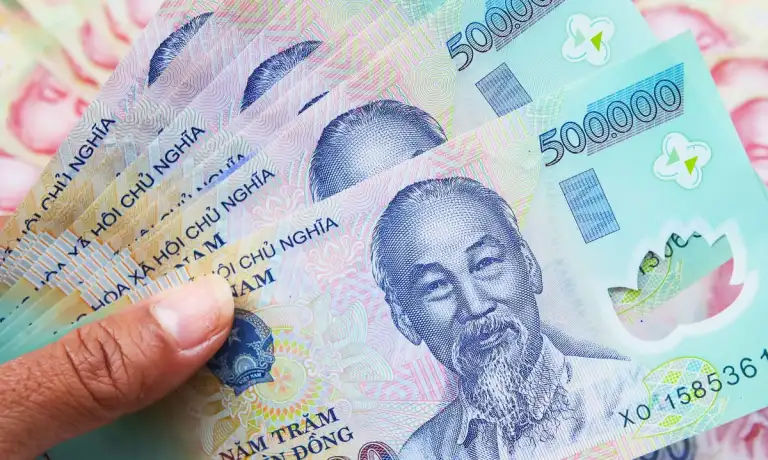
The 20,000 VND and 500,000 VND blue banknotes look quite similar, leading to frequent confusing for tourists. To avoid mistakes, double-check the denomination, compare their sizes (the 500,000 VND note is larger), and check the image on the back.
Where to Exchange money in Vietnam (USD, EURO, AUD, CAD, INR)
A part from bigger cities like Danang, Hanoi or Saigon, Vietnam operates mainly on cash transactions, specially in smaller and more remote areas, so keeping enough of banknotes is essential.
Exchanging foreign currency is easy, as most banks offer this service. However, it’s best to exchange a small amount (around 50 -100 USD or Euros) upon arrival for initial expenses like taxis, SIM cards, or meals. Airport exchange rates aren’t as good as those in the city, and large hotels in Hanoi and Ho Chi Minh City also offer exchange services but often at lower rates.
Exchange money at Banks vs exchange offices
Beside banks (You need your passport), interestingly, Gold shops provide better exchange rates, handling transactions quickly and accepting various currencies. This practice is common, even among locals, and is closely monitored by authorities.
In Hanoi, Ha Trung Street is a well-known currency exchange street, while in Saigon, Ben Thanh Market is a reliable option. Always double-check the amount received and ensure the bills are in good condition. The crisp USD banknotes are the best.
The tear off, old banknotes may not be accepted and or not exchanged at the best rate.
To get the best rates, check platforms like XE or the Vietcombank website before exchanging money. While euros are becoming more widely accepted in major cities and tourist areas, US dollars remain the most convenient foreign currency to exchange.
How to pay and withdraw money in Vietnam
In Vietnam, you can exchange or withdraw money through two main options:
- Banks – The safest option, make sure to take your original passport with valid visa with you.
- ATMs – Widely available and accessible at any time and accept VISA and MasterCard, but withdrawals have limits, leading to higher banking fees. Besides charges from your own bank for international withdrawals, the local bank operating the ATM also applies fees, typically ranging from 30,000 VND to 50,000 VND, though some charge up to 100,000 VND.
Tip: Banks generally operate from Monday to Friday, 8 AM to 5 PM. In major cities, some also open on Saturday mornings.
Why do the Vietnamese burn fake money?
While walking down the streets of Vietnam, you might come across people burning what looks like $100 bills. In Vietnamese culture, many believe in an afterlife where their ancestors still need money and possessions. To “send” these offerings, they burn paper replicas of cash, iPhones, houses, cars, jewelry, and more.


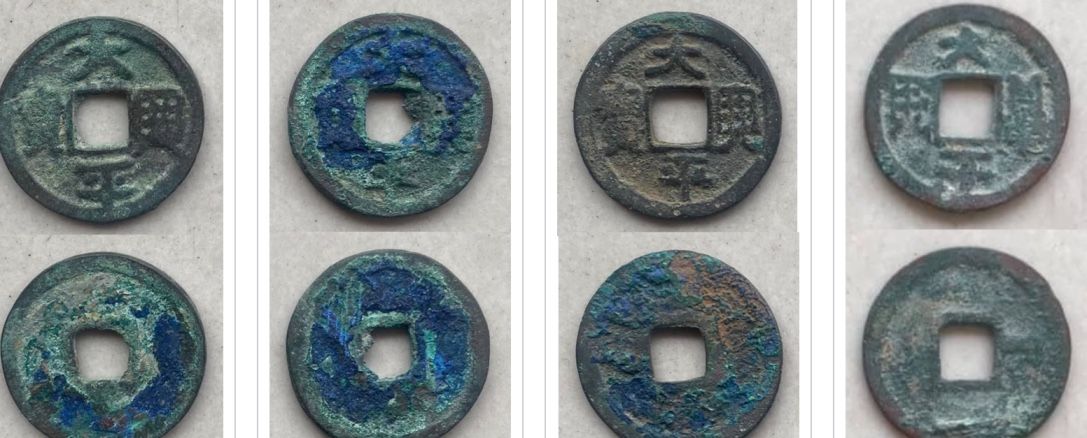

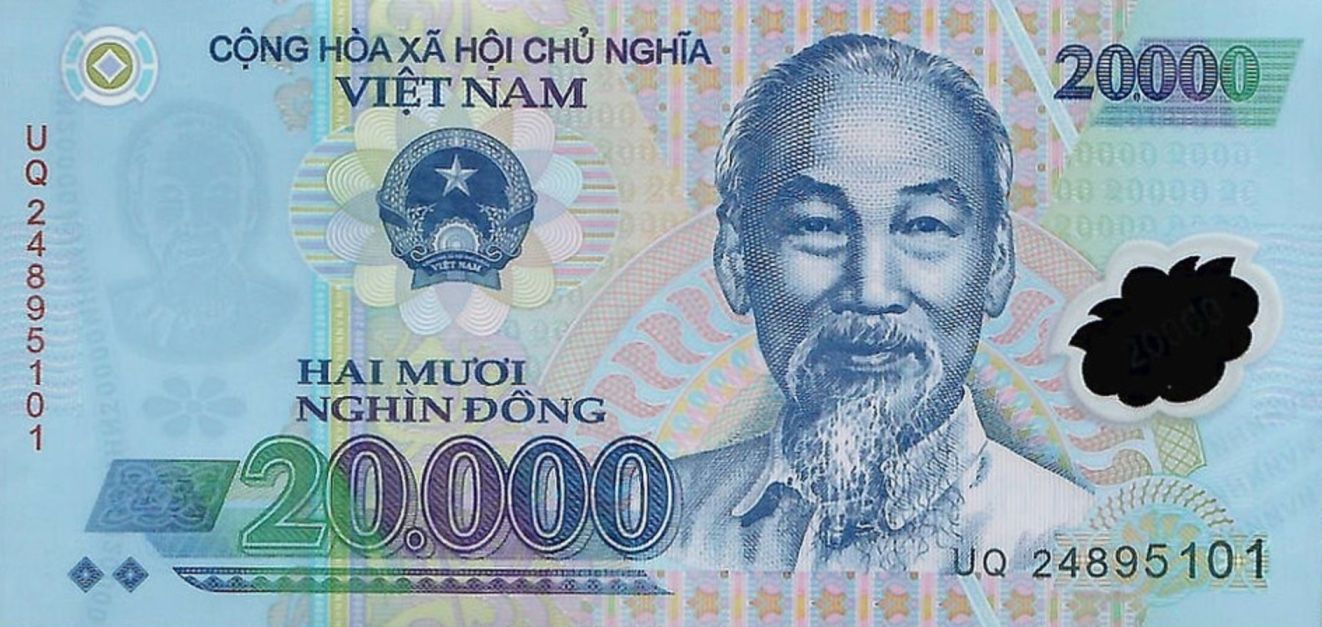
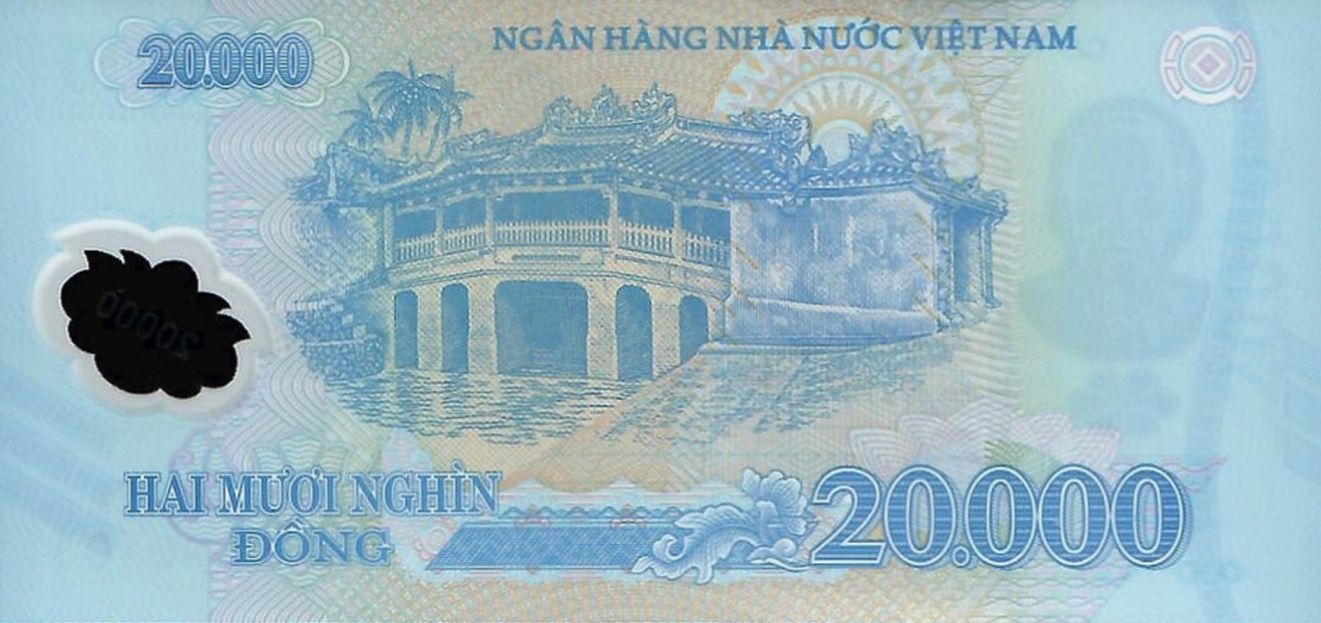


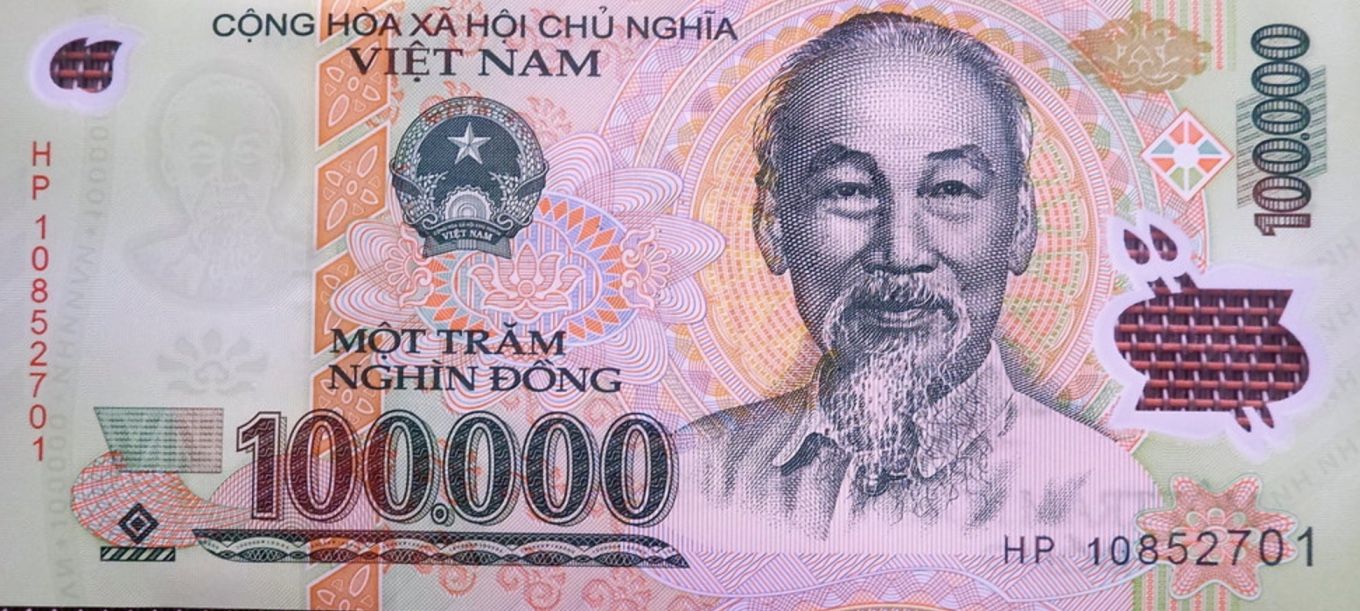
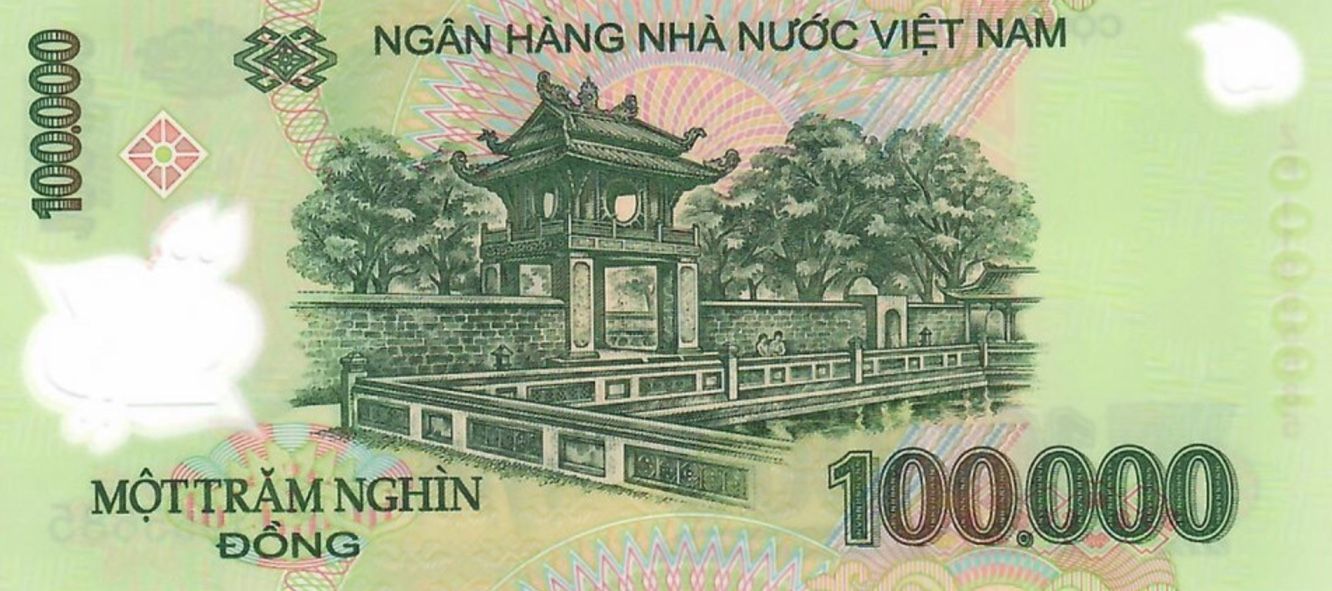
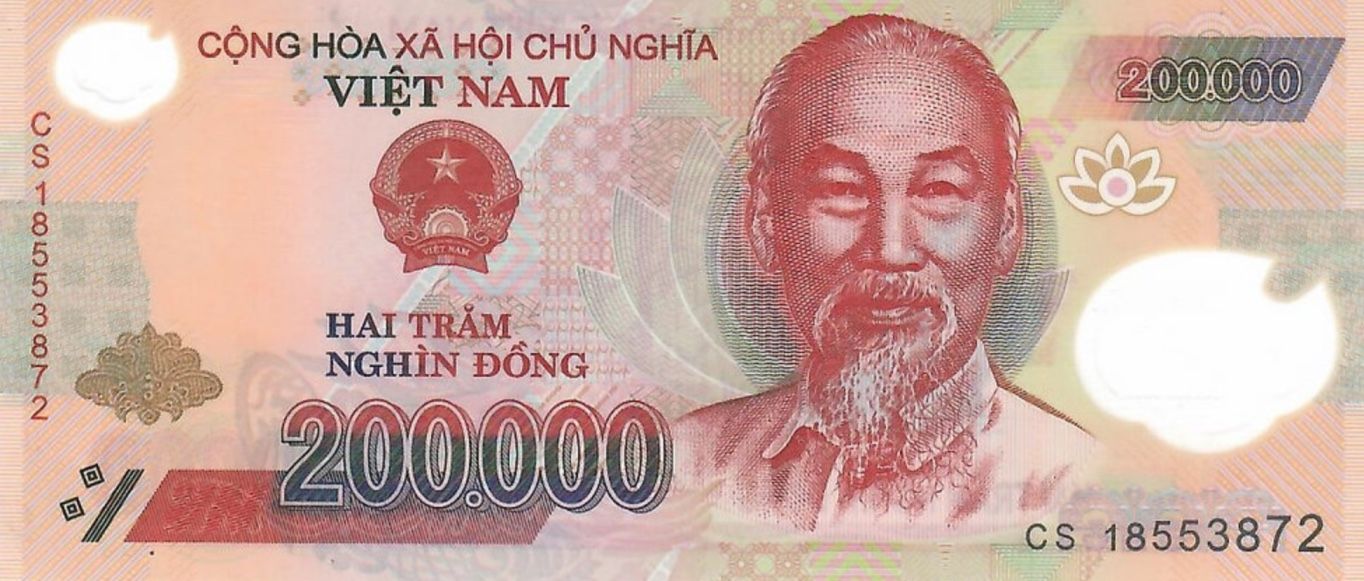
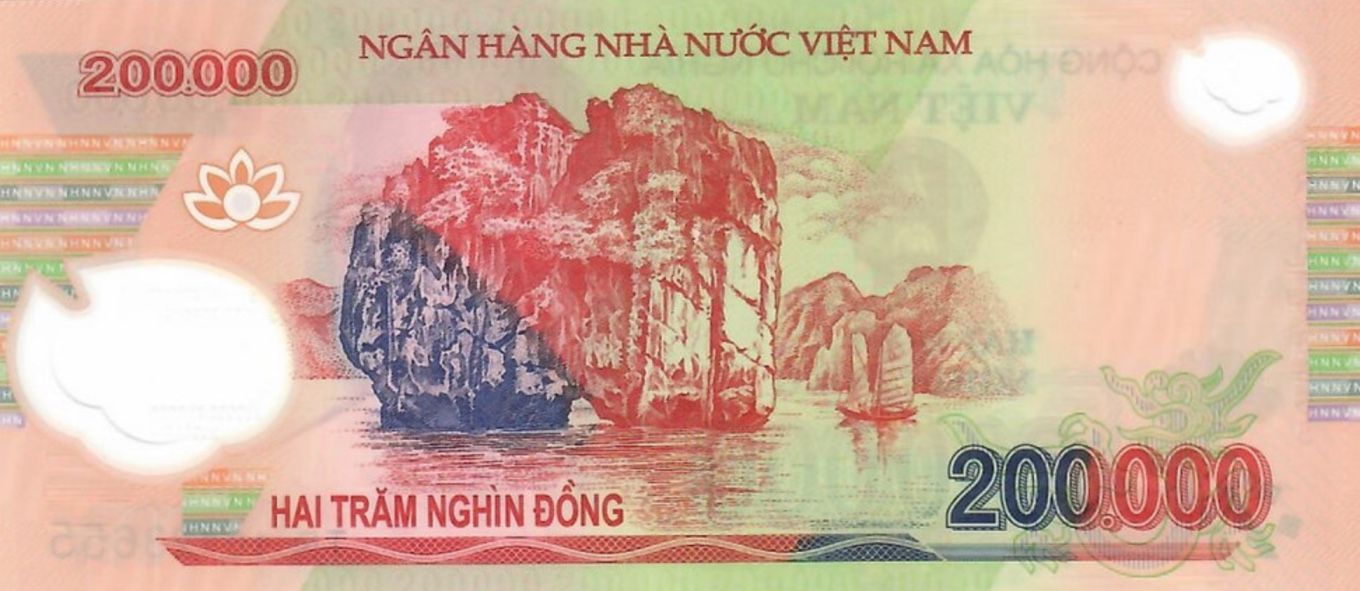
You May Also Like
The Ultimate Guide For Visiting Visit Vietnam In February: Weather, Festivals & Itineraries
Imagine walking through Hanoi’s Old Quarter as peach blossoms bloom in doorways, or sitting by ...
Toilets in Vietnam: A Traveler’s Guide for Squat Toilets, Public Bathrooms & Flushing Paper
Let’s be honest—when you travel, toilets matter more than you expect. In Vietnam, they quickly ...
20 Traditional Vietnamese Folk Games
Traditional folk games in Vietnam are more than just childhood pastimes. They are the living, ...
How to Register a Company in Vietnam (2026 Guide)
Foreign investors planning to do business in Vietnam face a multifaceted legal system and bureaucratic ...
Visiting Vietnam in January 2026: Weather, Costs, Festivals & Travel Tips
I visited Vietnam in January 2026, and I still remember the crisp, cool air in ...
Backpacking Cambodia: My Suggested 10-Day Itinerary for Your Trip
Cambodia is one of those rare places that stays with you long after your plane ...